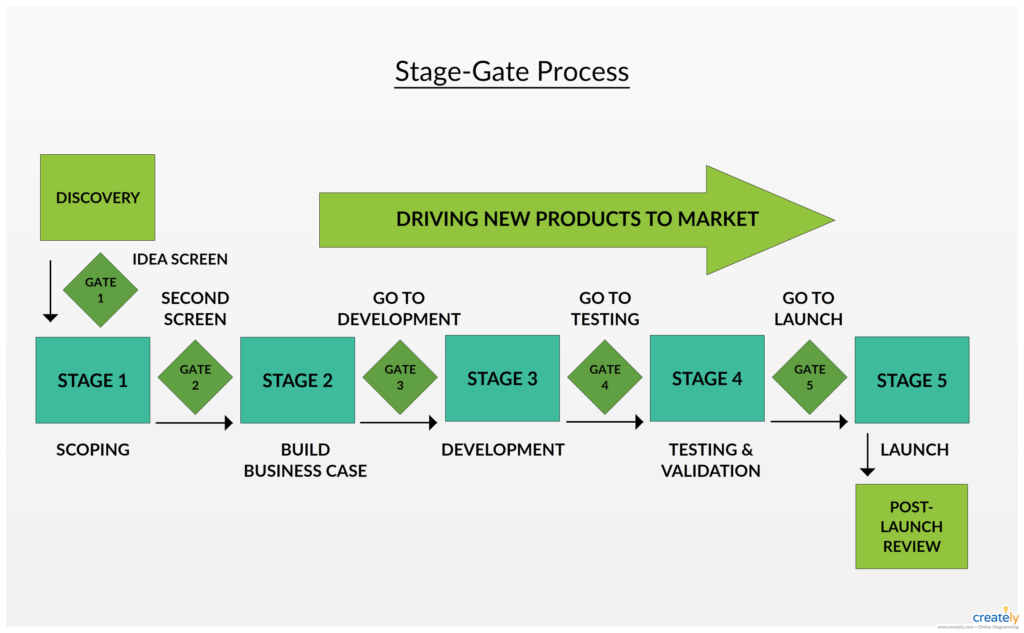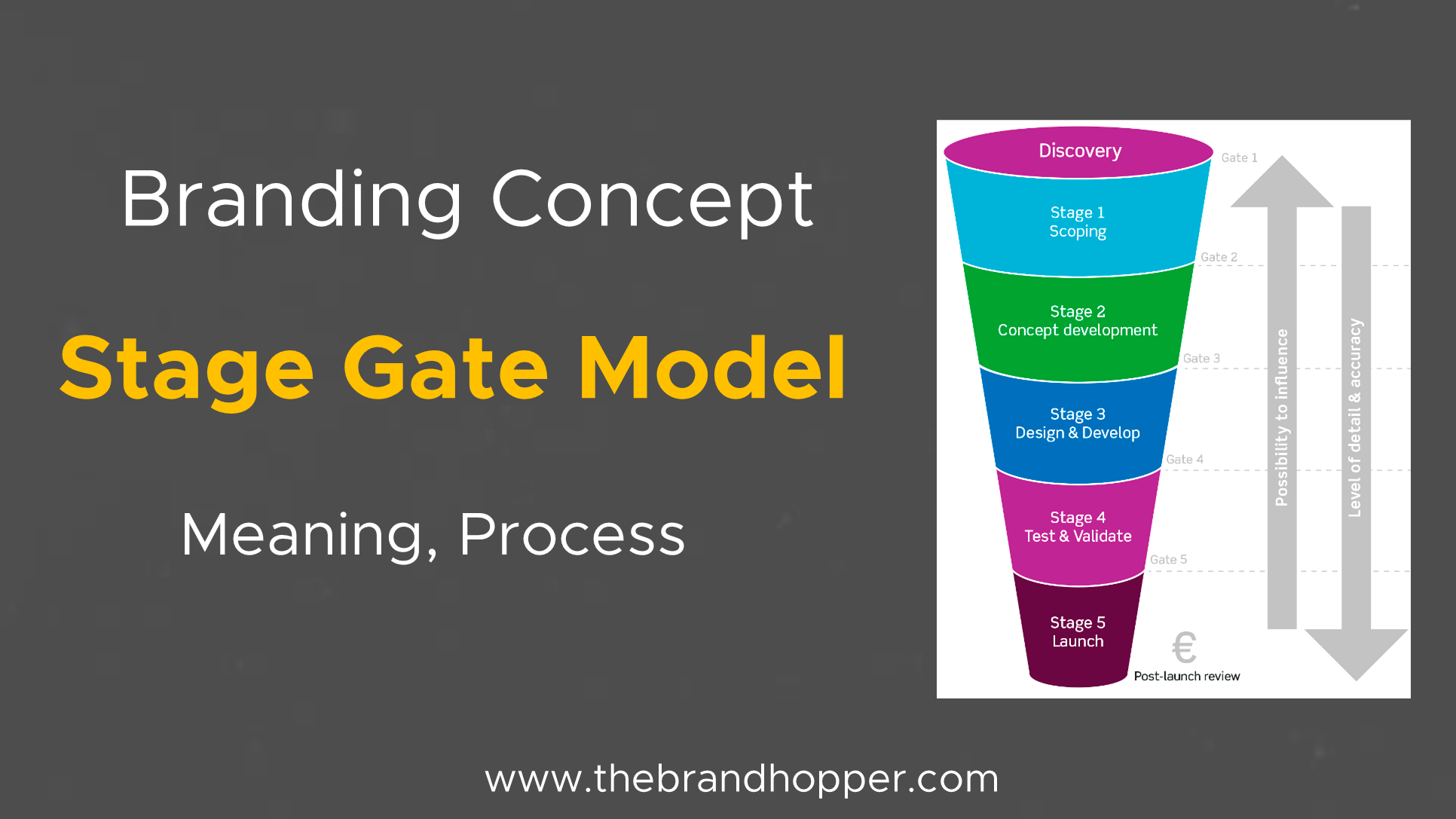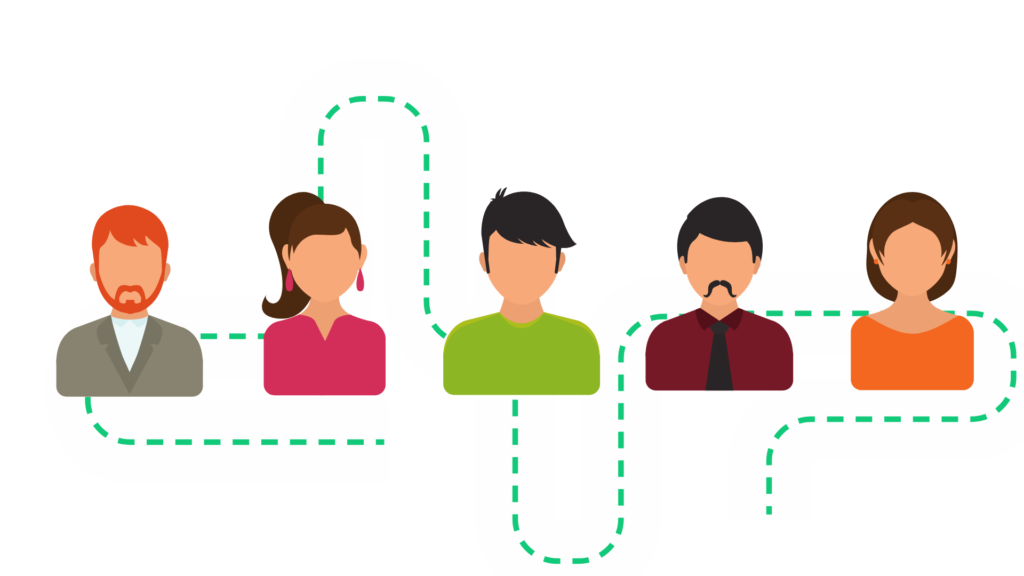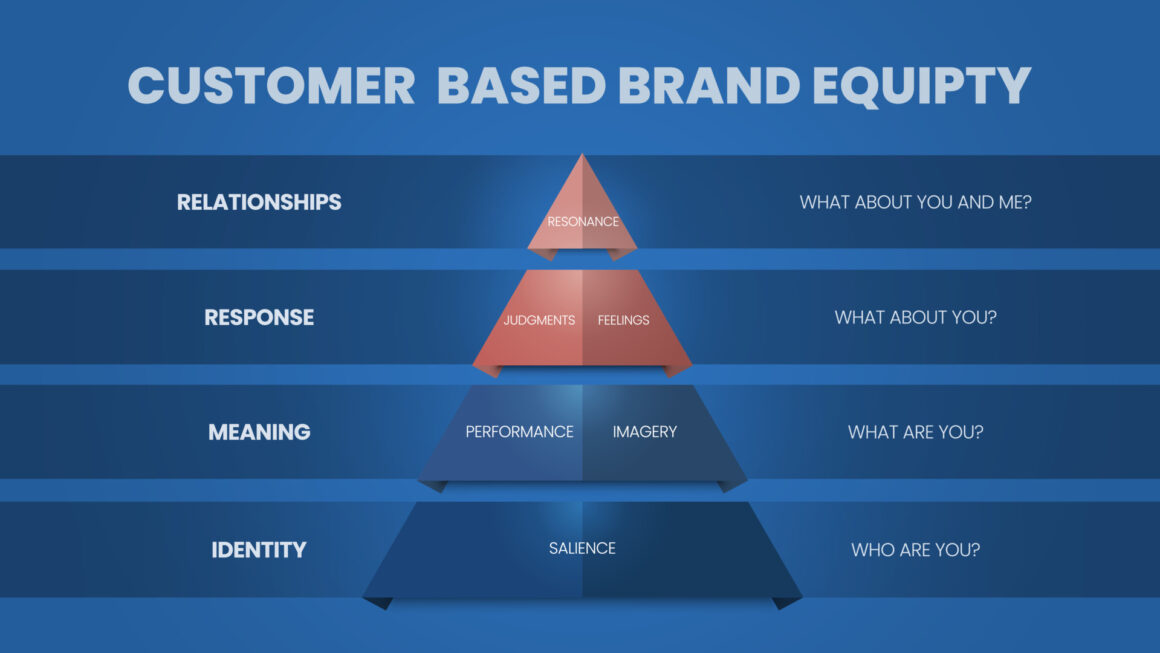Stage-Gate® is a value-creating business process and risk model designed to quickly and profitably transform an
organization’s best new ideas into winning new products. When embraced by organizations, it creates a culture of
product innovation excellence – product leadership, accountability, high-performance teams, customer and market
focus, robust solutions, alignment, discipline, speed and quality.
The Stage-Gate Product Innovation Process
In addition to the benefits that are well-documented by research and benchmarking firms, many companies that
have implemented and adopted an authentic Stage-Gate process realize:
• Accelerated speed-to-market
• Increased new product success rates
• Decreased new product failures
• Increased organizational discipline and focus on the right projects
• Fewer errors, waste and re-work within projects
• Improved alignment across business leaders
• Efficient and effective allocation of scarce resources
• Improved visibility of all projects in the pipeline
• Improved cross-functional engagement and collaboration
• Improved communication and coordination with external stakeholders.
How Does a Stage-Gate® Process Work?
The Stage-Gate model is based on the belief that product innovation begins with ideas and ends once a product is
successfully launched into the market. This has a lot to do with the benchmarking research that the Stage-Gate
model design is premised on and is a much broader and more cross-functional view of a product development
process.
The Stage-Gate model takes the often complex and chaotic process of taking an idea from inception to launch,
and breaks it down into smaller stages (where project activities are conducted) and gates (where business
evaluations and Go/Kill decisions are made). In its entirety, Stage-Gate incorporates Pre-development Activities
(business justification and preliminary feasibilities), Development Activities (technical, marketing, and operations
development) and Commercialization Activities (market launch and post launch learning) into one complete,
robust process.

The Stages
Each stage is designed to collect specific information to help move the project to the next stage or decision point. Each stage is defined by the activities within it. Activities are completed in parallel (allowing for projects to quickly move towards completion) and are cross-functional (not dominated by any single functional area). These activities are designed to gather information and progressively reduce uncertainty and risk. Each stage is increasingly more costly and emphasizes the collection of additional information to reduce uncertainty.
In the typical Stage-Gate model, there are 5 stages, in addition to the Idea Discovery Stage:
Stage 0 – Idea Discovery
Pre-work designed to discover and uncover business opportunities and generate new ideas.
Stage 1 – Scoping
Quick, inexpensive preliminary investigation and scoping of the project – largely desk research.
Stage 2 – Build the Business Case
A detailed investigation involving primary research – both market and technical – leading to a Business Case,
including product and project definition, project justification, and the proposed plan for development.
Stage 3 – Development
The actual detailed design and development of the new product and the design of the operations or production
the process required for eventual full-scale production.
Stage 4 – Testing and Validation
Tests or trials in the marketplace, lab, and plant to verify and validate the proposed new product, brand/marketing
plan and production/operations.
Stage 5 – Launch
Commercialization – beginning of full-scale operations or production, marketing, and selling.
The Gates
Preceding each stage, a project passes through a gate where a decision is made whether or not to continue investing in the project (a Go/Kill decision). These serve as quality-control checkpoints with three goals: ensure the quality of execution, evaluate business rationale, and approve the project plan and resources. Each gate is structured in a similar way:
Deliverables: The project leader and team provide Gatekeepers with the high-level results of the activities
completed during the previous stage.
Criteria: The project is measured against a defined set of success criteria that every new product project is
measured against. Criteria should be robust to help screen out winning products, sooner. The authentic Stage-Gate
the process incorporates 6 proven criteria: Strategic Fit, Product and Competitive Advantage, Market Attractiveness,
Technical Feasibility, Synergies/Core Competencies, Financial Reward/Risk.
Outputs: A decision is made (Go/Kill/Hold/Recycle). New product development resources are committed to
continuing the project. The action plan for the next stage is approved. A list of deliverables and dates for the next
gate is set.
The Stage-Gate model is designed to improve the speed and quality of execution of new product development
activities. The process helps project teams prepare the right information, with the right level of detail, at the right
gate to support the best decision possible, and allocate capital and operating resources. The process empowers the
project team by providing them with a roadmap, with clear decisions, priorities, and deliverables at each gate.
Higher quality deliverables submitted to Gatekeepers enable timely decisions.
You might also like
To read more content like this, subscribe to our newsletter



